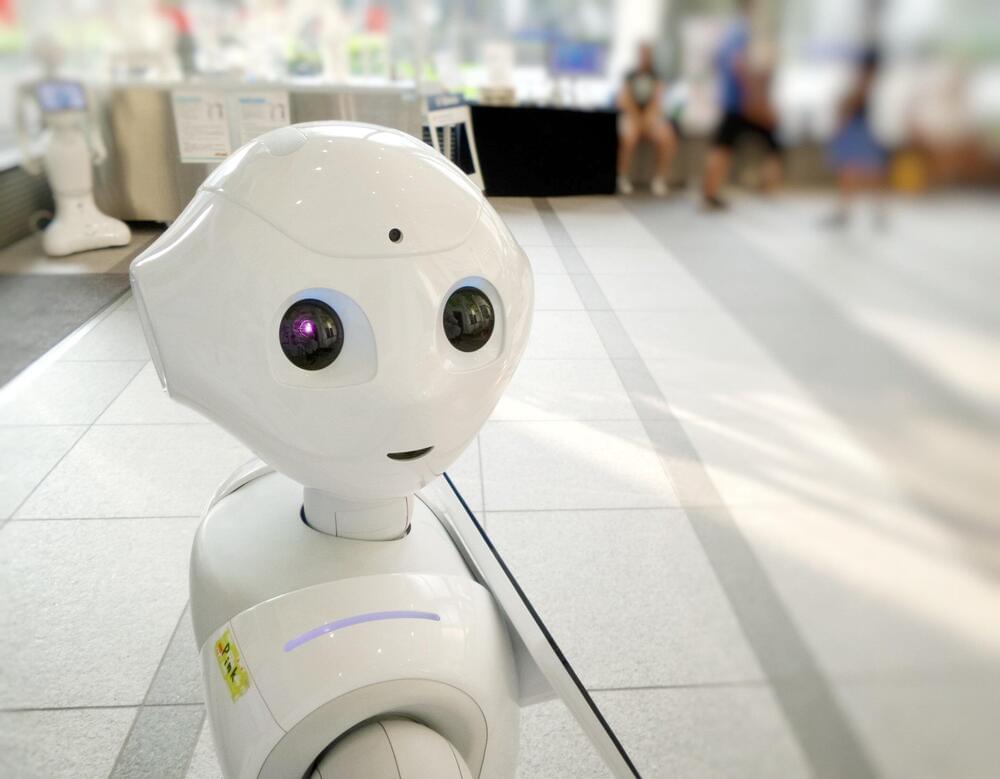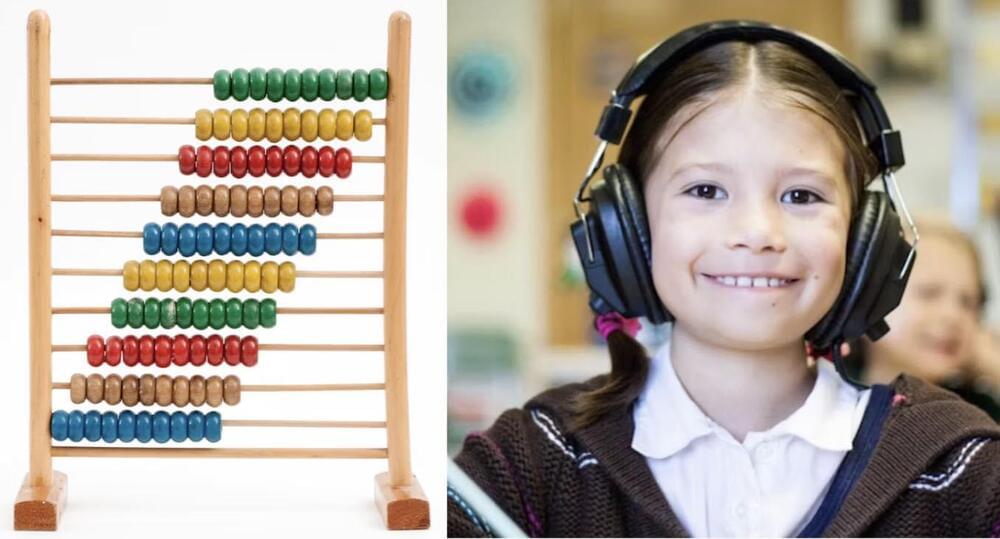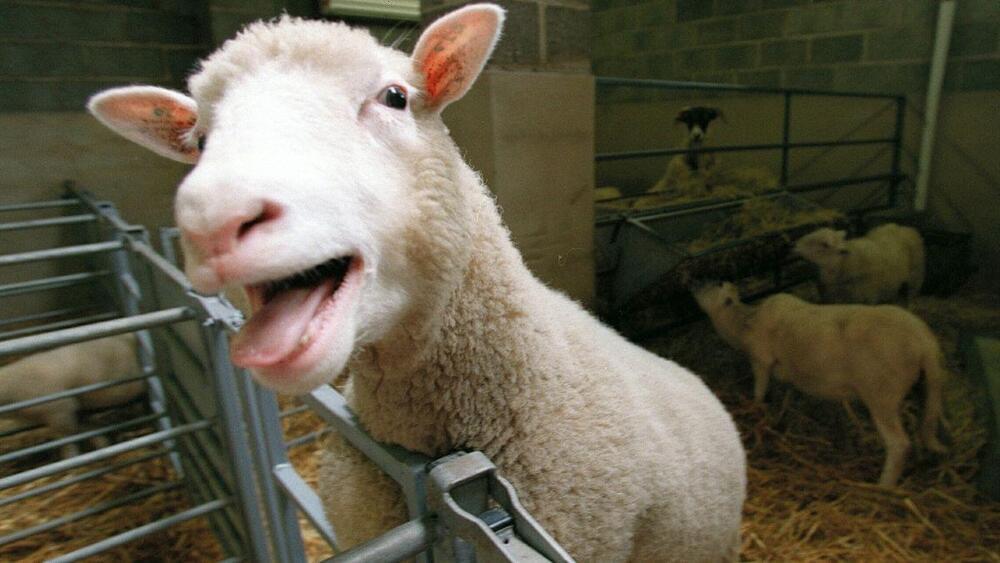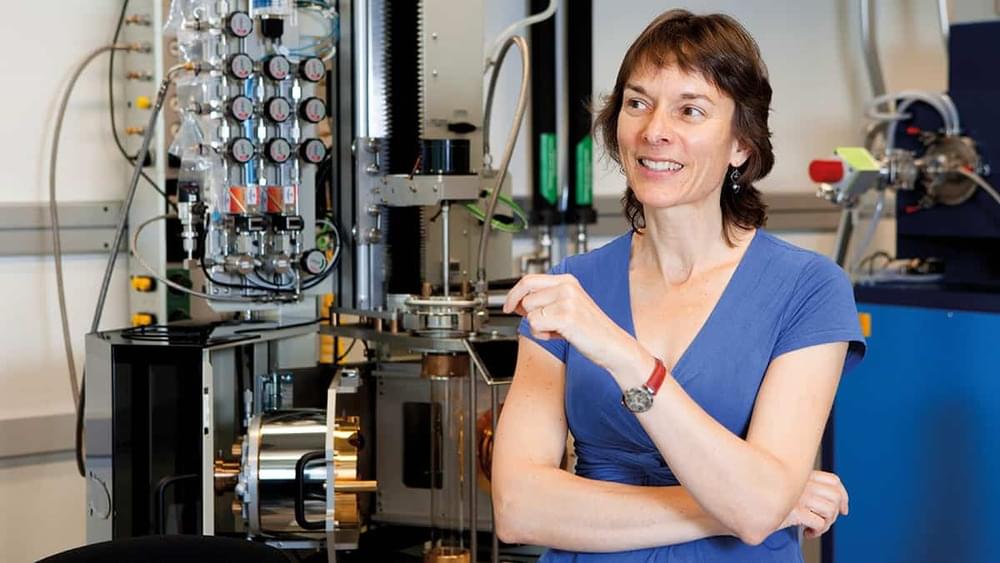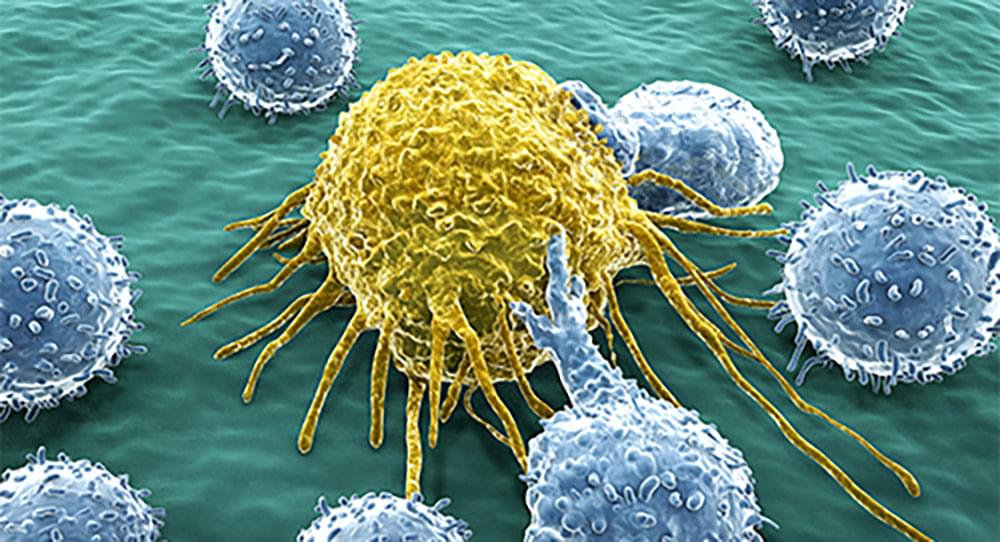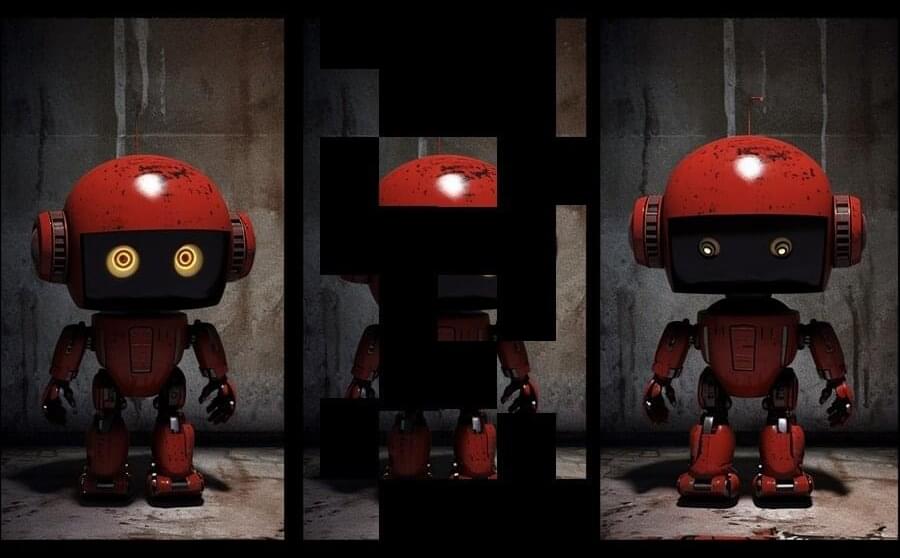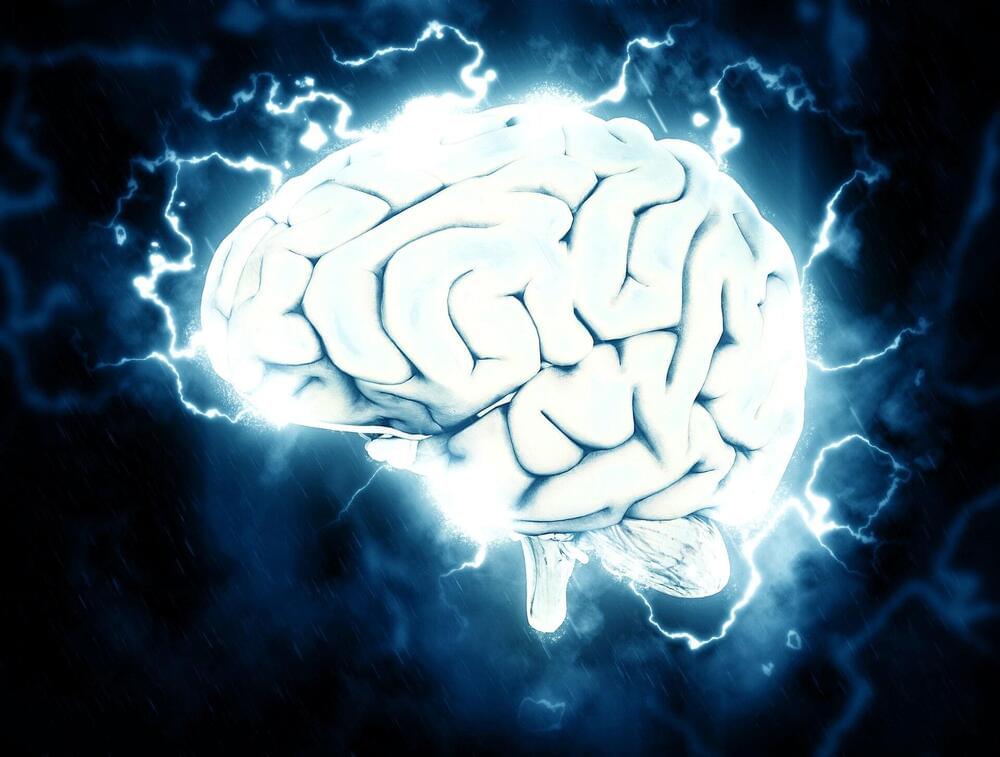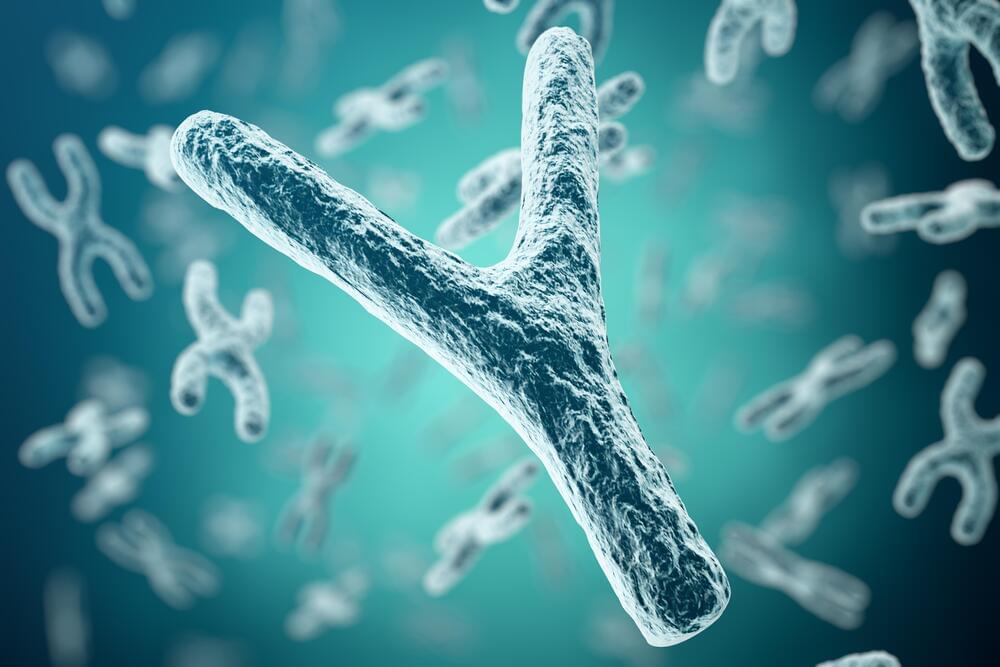Companion robots enhanced with artificial intelligence may one day help alleviate the loneliness epidemic, suggests a new report from researchers at Auckland, Duke, and Cornell Universities.
Their report, appearing in the July 12 issue of Science Robotics, maps some of the ethical considerations for governments, policy makers, technologists, and clinicians, and urges stakeholders to come together to rapidly develop guidelines for trust, agency, engagement, and real-world efficacy.
It also proposes a new way to measure whether a companion robot is helping someone.
